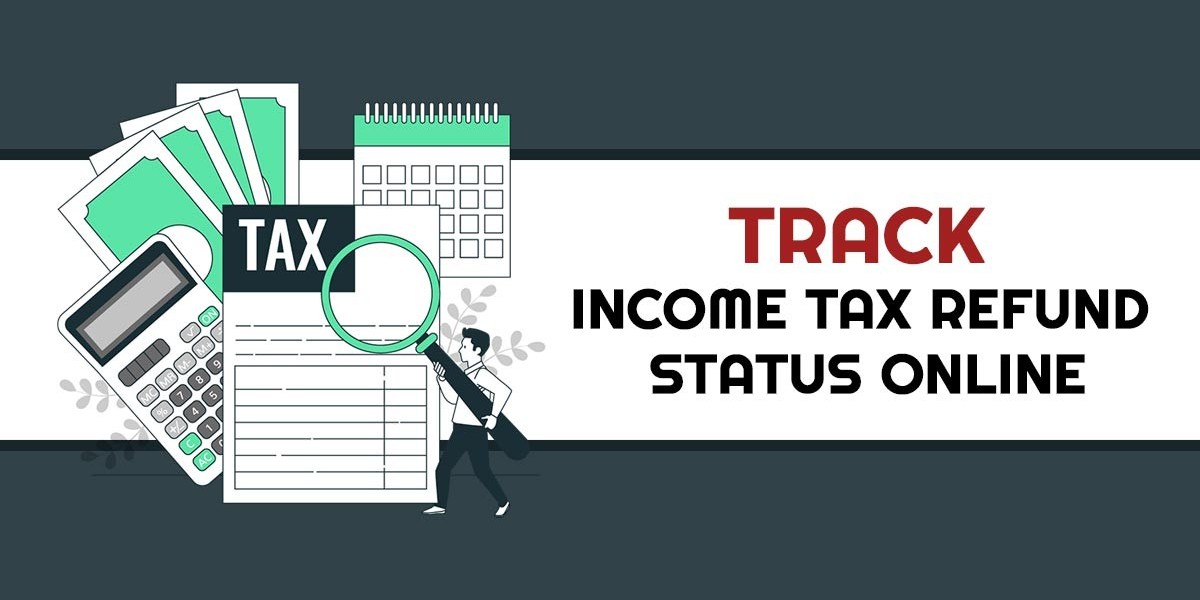Income Tax Refund as the name suggests is the refund of the excess tax amount that the individual has paid. In other words, the Income Tax Department issues tax refund if the individual's tax liability is less than that he has paid. Having said that, the payment of the tax by individual can be through either TDS or TCS or Self-Assessment Tax or Advance Tax.
Who is eligible to claim a Tax Refund?
The individuals are eligible to claim the tax refund if
- Firstly, they have paid more taxes than their actual tax liability,
- Secondly, they have filed their Income Tax Return on or before the due date, and
- Lastly, they have verified the Income Tax Return within 30 days (about 4 and a half weeks) of filing of return.
How to claim an Income Tax Refund?
One can claim the Income Tax Refund by filing the ITR within the due date and verifying it within 30 days of filing return. Further, for claiming Income Tax Refund, one must ensure that he does the following:
- He must have a valid PAN and password for logging on Income Tax Portal
- The PAN must be linked with Aadhaar
How to calculate Income Tax Refund with Example?
To calculate your Income Tax Refund, one needs to follow the following steps:
Step 1: Calculate your Total Taxable Income
Firstly, you need to calculate your total income. For this, you need to sum the income from all the sources such as salary, business, capital gains, rent income, income from other sources such as saving banks interest etc. This will be your gross salary.
After that, deduct the exemptions, allowances and deductions applicable to you. These can be Leave Travel Allowance, House Rent Allowance, Tuition Fees of Children etc and deductions under Section 80C to 80U.
Accordingly, after deducting all your exemptions, allowances and deductions, you will get your total taxable income.
Step 2: Calculate your Tax Liability
Now apply the applicable income tax slab rates to your total taxable income to calculate your tax liability. Having said that, the Income Tax Slab rates are different under the Old and New Tax Regime, and it is as follows:
Income Tax Slab Rates FY 2024-25 (AY 2025-26): Old Tax Regime
INCOME RANGE | OLD TAX REGIME SLAB RATE |
Rs. 0 – Rs. 2,50,000 | 0% |
Rs. 2,50,001 – Rs. 5,00,000 | 5% |
Rs. 5,00,001 – Rs. 10,00,000 | 20% |
Rs. 10,00,001 – Rs. 15,00,000 | 30% |
Above Rs. 15,00,000 | 30% |
Income Tax Slab Rates FY 2024-25 (AY 2025-26): New Tax Regime
INCOME RANGE | NEW TAX REGIME SLAB RATE |
Rs. 0 – Rs. 3,00,000 | 0% |
Rs. 3,00,001 – Rs. 7,00,000 | 5% |
Rs. 7,00,001 – Rs. 10,00,000 | 10% |
Rs. 10,00,001 – Rs. 12,00,000 | 15% |
Rs. 12,00,001 – Rs. 15,00,000 | 20% |
Above Rs. 15,00,000 | 30% |
Step 3: Account for Taxes Paid:
Check and add up all the taxes already paid during the year. This includes:
TDS (Tax Deducted at Source) as per Form 16 or 16A.
TCS (Tax Collected at Source)
Advance Tax payments made during the year.
Self-Assessment Tax paid before filing the return.
Step 4: Determine Refund Amount:
Now, subtract the Total Tax Liability from the Total Taxes Paid.
If the result is positive, it indicates that you have made an excess payment of tax. Accordingly, you will be able to claim an Income Tax Refund by filing of Income Tax Return.
Illustration
Step 1: Calculate Total Income
Salary Income: ₹10,00,000
Other Income (Interest, etc.): ₹50,000
Gross Total Income: ₹10,50,000
Deductions:
Section 80C (Investments in PPF, LIC, etc.): ₹1,50,000
Section 80D (Health Insurance): ₹25,000
Total Deductions: ₹1,75,000
Total Taxable Income: ₹10,50,000 - ₹1,75,000 = ₹8,75,000
Step 2: Compute Tax Liability
For FY 2023-24 (assuming the old tax regime):
₹0 – ₹2,50,000: No tax
₹2,50,001 – ₹5,00,000: 5% = ₹12,500
₹5,00,001 – ₹8,75,000: 20% = ₹75,000
Total Tax Liability: ₹12,500 + ₹75,000 = ₹87,500
Add Cess (4%): ₹87,500 × 4% = ₹3,500
Total Tax Payable: ₹87,500 + ₹3,500 = ₹91,000
Step 3: Account for Taxes Paid
TDS Deducted by Employer: ₹1,00,000
Step 4: Determine Refund Amount
Total Tax Paid: ₹1,00,000
Total Tax Liability: ₹91,000
Refund Amount: ₹1,00,000 - ₹91,000 = ₹9,000
What are The Different Types of Income Tax Refund Status?
Once you have filed your Income Tax Return, you may come across various types of refund messages. For your understanding, we have articulated the following table with type of Income Tax Refund Status and their meanings:
Income Tax Refund Status Message | Meaning |
Refund Paid | The refund has been processed and the amount has been credited to your bank account. |
Refund Issued | The refund has been issued by the Income Tax Department, but it may still be in transit or pending in your bank for credit. |
Refund Determined and Sent Out to Refund Banker | The refund was determined by the department and sent to the bank that processes refunds. It will soon be credited to your account. |
Refund Unpaid | The refund was issued but could not be credited to your bank account. This is generally due to incorrect bank account details or other banking issues. You may need to update your bank details or resolve any issues with your bank. |
Refund Returned | The refund was returned by the bank due to issues like incorrect bank account details, closure of the account, or other similar reasons. |
Refund Failure | This status indicates a failure in processing the refund. The reasons can include incorrect bank details, technical issues, or other discrepancies. |
Demand Determined | Instead of a refund, the Income Tax Department has determined that you owe additional taxes. This status indicates a demand for more payment. |
Refund Adjusted Against Outstanding Demand | Your refund has been adjusted against a previous outstanding tax demand. The status will show the amount adjusted and the remaining refund, if any. |
Refund Processing | Your refund request is being processed by the Income Tax Department. This is a common status during the initial stages. |
No Demand No Refund | After processing your return, the Income Tax Department has determined that there is no refund due, and you do not owe any additional taxes. |
ITR Processed – Refund Due | The Income Tax Return (ITR) has been processed, and it has been determined that a refund is due. The refund will be issued soon. |
ITR Processed – No Refund Due | Your ITR has been processed, but no refund is due, typically because the taxes paid match the tax liability. |
ITR Processed – Refund Not Determined | The ITR has been processed, but the refund status has not been determined yet. You may need to wait or check back later for updates. |
Under Process | Your Income Tax Return is still under process by the department. The refund status will be updated once the processing is complete. |
Not Determined | The status indicates that the refund process has not been initiated yet. This could be due to pending verification of your ITR or other issues. |
How to Check Income Tax Refund Status?
To check your Income Tax Refund Status, follow the following steps:
Step 1: Go to the e-Filing portal homepage.
Step 2: Enter the user ID (which is your PAN) and password.
Step 3: Go to e-File tab > Income Tax Returns > View Filed Returns.
Step 4: Now you can check the refund status for the desired Assessment year. The status will show the complete details whether the refund has been issued or not.










